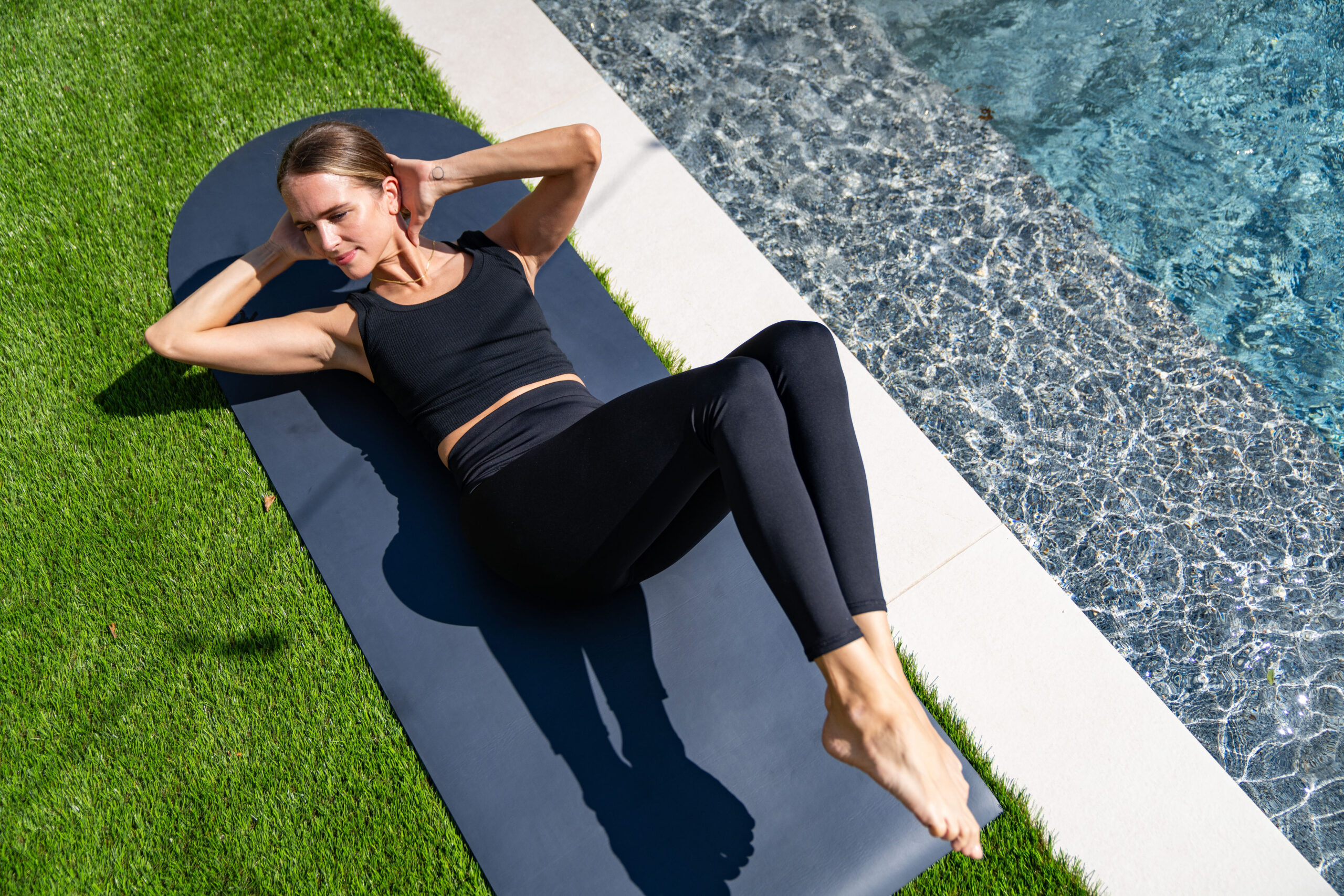In Pilates, the cue to “engage your core” is foundational—but should you be doing it for every single movement? The short answer is no. While core engagement is essential for stability and control, overusing it can hinder mobility and lead to dysfunction. A truly functional core is both strong and flexible, able to activate when needed and relax when appropriate.
What Does “Engage Your Core” Really Mean?
Engaging your core typically refers to activating the deep stabilizing muscles of your trunk, including the transverse abdominis, pelvic floor, multifidus, and diaphragm. This engagement provides support for your spine and pelvis during movement. However, constantly holding these muscles tight can interfere with natural movement patterns and breathing.
The Risks of Over-Engagement
Chronically engaging your core—keeping your abdominal muscles constantly contracted—can lead to several issues:
- Breathing Difficulties: Tight abdominal muscles can restrict diaphragmatic breathing, leading to shallow breaths and increased tension.
- Reduced Mobility: Constant tension in the core can limit spinal mobility and flexibility, making movements less fluid.
- Weakened Core Function: Paradoxically, overusing your core muscles without allowing them to relax can lead to fatigue and decreased strength over time.
Building a Functional Core: Strength and Flexibility
A functional core is not just about strength; it’s about the ability to engage and relax muscles as needed. Pilates emphasizes controlled movements that enhance both strength and flexibility. Exercises like roll-ups, single-leg stretches, and feet in straps are designed to engage the core dynamically, promoting stability without sacrificing mobility.
When to Engage Your Core
Understanding when to engage your core is crucial:
During Load-Bearing Movements:
Engage your core when lifting, pushing, or pulling to protect your spine.
In Balance-Challenging Positions:
Activating your core helps maintain stability during exercises that challenge your balance.
For Postural Support:
Engage your core to support proper posture during prolonged sitting or standing.
However, it’s equally important to allow your core muscles to relax during rest periods and movements that don’t require intense stabilization.
So What Does This All Mean?
Ok, I know this can all sound a little vague—so let’s break it down with some real-life Pilates context.
At the beginning and/or end of your session:
Deep belly breathing is one of the best ways to both release and reconnect with your core. Try sitting or lying down, placing one hand on your belly. On your inhale, drop the breath all the way down and inflate your belly like a balloon. Feel how the diaphragm moves and how your pelvic floor naturally releases. On your exhale, try a “hah” breath—like you’re fogging up a mirror. Notice how that naturally activates your deep core muscles.
During movements that require constant engagement:
Take an ab curl, for example—whether on the mat or the reformer. When you inhale to prepare, you can soften and release your core. As you exhale and curl up, engage the core (think navel to spine). This is when your deep abdominals are working hard to stabilize your pelvis, low back, and ribcage. Since belly breathing can disrupt that engagement, try directing your breath into your chest, side ribs, and back instead. Once you return to the mat, allow a brief moment of release before curling up again.
During movements that allow more fluidity:
Now let’s say you’re doing a squat. As you lower down, you can allow the core muscles to release. Visualize your sit bones widening and your low belly softening. A deep inhale supports this release. Then, as you rise back up, press firmly into the floor to re-engage the pelvic floor and core. This is a great time to use a strong exhale to help you power up with support.
The Bottom Line
While core engagement is a key component of Pilates, it’s not necessary—or beneficial—to engage your core during every movement. A functional core is adaptable, providing support when needed and allowing for relaxation and mobility at other times. By practicing mindful engagement and incorporating exercises that promote both strength and flexibility, you can develop a core that truly supports your overall movement and well-being.
For on-demand Pilates classes that cue both engagement and release of the core muscles, check out my workouts right here.
By Gabrielle Saran
